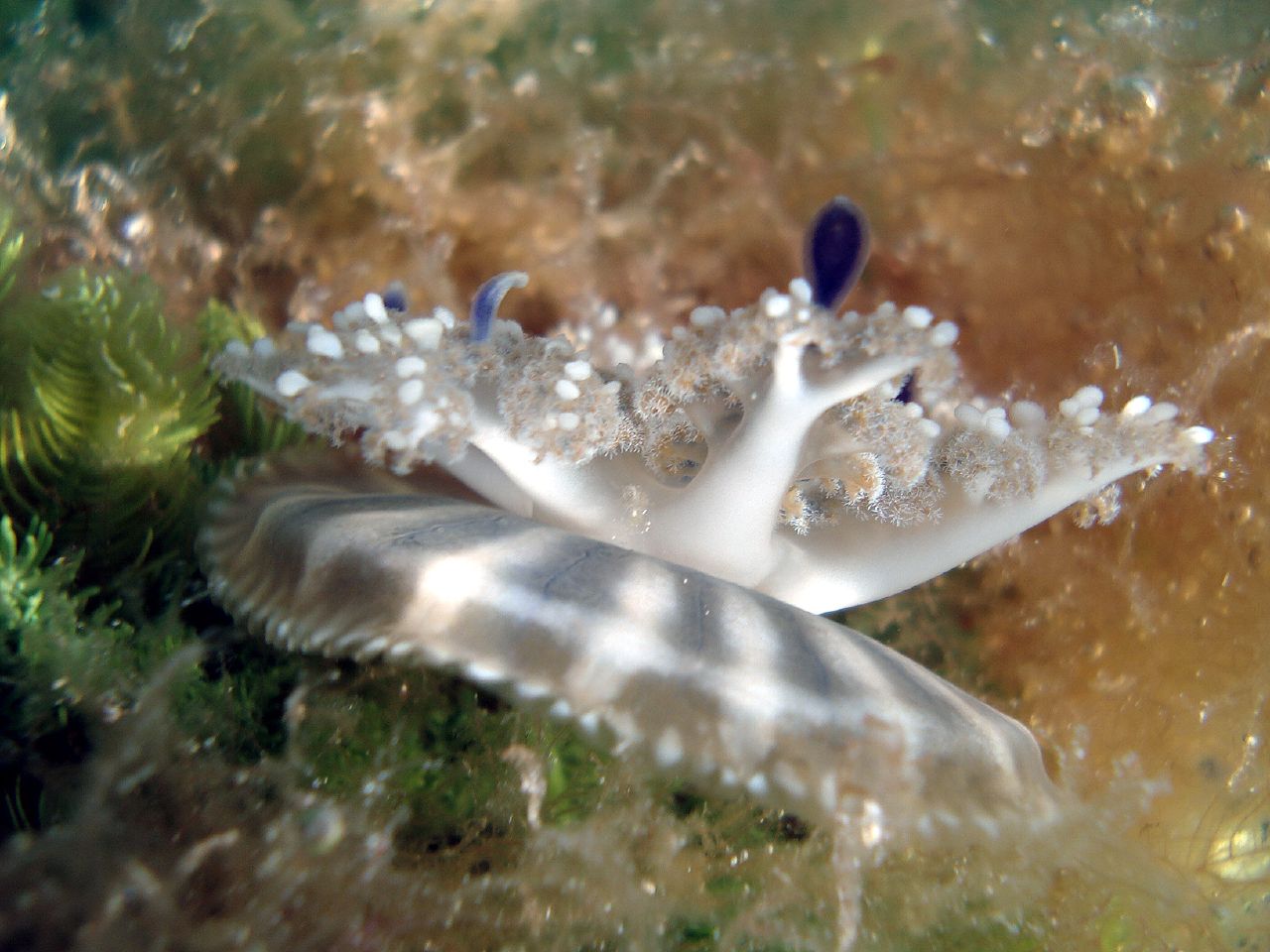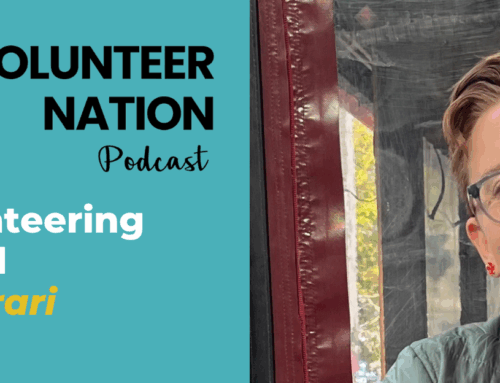 Working as a Nonprofit Network in Times of Crisis: What We Can Learn from the Lowly Jellyfish
Working as a Nonprofit Network in Times of Crisis: What We Can Learn from the Lowly Jellyfish
The problem with nonprofit networks is they rarely exist … until people really need them. Once a crisis hits, everyone starts scrambling for support, and turning to partners for aid. And, sometimes it’s too late.
As I used to remind my fellow board members at a former nonprofit where I served – “People aren’t automated tellers. You can’t just show up and demand a transaction any time you want. You need to build and maintain relationships first.”
That goes for donors, volunteers, community partners, and even fellow employees.
At any time – even in crisis – people get to choose how they support others. And, if the infrastructure and trust is there at the outset, you might get a response.
Or, you might not.
And no amount of email nagging is going to make a damn bit of difference.
My mom used to tell me that the best time to prune is when your tools are sharp. The second-best time is now. (Note: As a local Master Gardner I may take exception with this idea – there ARE times of year that are better to prune, but I digress).
The fact is, we need to get better at developing our nonprofit networks, and fast.
Our friends in nature already have it figured out.
Nonprofit Networks and the Buddy System in Nature
What if I told you there was a jellyfish that swims upside down and rests on the seafloor most of its life? Would you believe me?
The Upside-Down Jellyfish, or Cassiopeia, does just that. Not what you expected, right?
It seems to go against the grain of jellyfish behavior, yes? But, true just the same.
A few years, ago, I saw these creatures up close at the Tennessee State Aquarium in Chattanooga, and it got me thinking…what can we learn from this amazing creature about our work as nonprofit networks and collaborators? Well, it turns out, plenty!
The Upside Jellyfish Break all the Rules & Win

Image Credit: CiXeL at English Wikipedia / CC BY (https://creativecommons.org/licenses/by/3.0)
The Upside-Down Jellyfish is the buddy system personified in nature. Unlike other jellies, this species rests on the sea floor and rarely swims. Tiny algae live in small sacs in the jelly’s tentacles. The algae use sunlight to make food, which they share with their host. The algae also produce oxygen, which helps the jelly survive in water with poor oxygen content.
The jellies help the algae out, in turn, by supplying a safe haven in their tentacles. The jellyfish also have other sea buddies. Crabs partner with the jellies, carrying them on their back to defend against predators. These partnerships have no doubt developed over the years, as these jellyfish adapted to the changing environment.
Nonprofits Need to Adapt, Too
Similarly, we need to adapt the way we engage partners and volunteers to our new world. Times have changed. Going solo doesn’t cut it anymore. Nor do demands for a collaboration on the spot.
The successful collaborators of today have elevated expectations. They want to partner with well-managed organizations where they can co-create real impact.
They are also busy people, so they want the flexibility to contribute on their own terms.
Sounds challenging? It is, if you continue to work from the old “command and control,” or top down, model.
It’s time to pivot to a networked mindset at your nonprofit and meet your new supporters where they are at.
Just like the Upside-Down Jellyfish, it’s time to adapt or risk extinction.
Like the Upside-Down Jellyfish, we need to find new and different orientations, even if they feel uncomfortable at first.
We need to seek out and find unconventional partners who can work with us in mutually beneficial ways, and not be afraid to be different than the rest of the pack.
We need to work as an open and transparent system versus a closed down, manager-to-subordinate supervisory model.
We need to embody collaboration, look to expand and use resources in new and creative ways, and live with the lack of centralized control our new network will require to thrive.
Upside-Down Jellyfish are transparent, too — you can see their inner workings, even their partners, the green algae living comfortably in the jelly’s tentacles. They stick together, everyone has a role in the system, and they’re working for the common good of all.
It is possible to embody the buddy system with your volunteers and nonprofit networks.
Cultivate your new supporters and partners by developing relationships and understanding their needs and pressure first.
Partner with them to work on the results they care about – and that work for you – versus assuming they will get in lock step with your needs.
Yes, it will take creativity, flexibility, and risk. But, consider the payoffs. The jellyfish and algae have, and it’s all worked out pretty darn good.
Nonprofit Networks in Practice

The good news is that taking on a networked approach isn’t impossible, and you don’t have to go it alone.
I’ve written about how to break down silos and forge powerful internal collaborations here and here, how to build sustainable partnerships here, and how to overcome you fear of partnership development here.
And, long before its time, Beth Kanter and Allison Fine published the prophetic book The Networked Nonprofit: Connecting with Social Media to Drive Change.
Longtime leaders in nonprofit technology circles, they defined networked nonprofits as those that are semi-permeable and “are easy for outsiders to get in, and insiders to get out.” This goes beyond breaking down internal silos and sharing your annual report on a website. They point to a level of transparency and organizational “porousness” that is revolutionary.
They note that “Nonprofits and the people within them have too much to do because they try to do too much as stand-alone organizations” and assert that organizations, whether they realize it or not, are part of a larger ecosystem of individuals and groups at work.
The coordination of this larger network is what is needed to tackle the complex issues we face today. Moreover, people aren’t asking for our permission. They’ll continue the work, with or without our support.
Although the book was published a decade ago, it seems more relevant than ever given today’s COVID-19 pandemic. Without transparency and true collaboration, humanity is in peril.
In the book, they also wisely note that “there is no one-size-fits-all friendship” and warn that social media tools don’t create relationships, people do. What’s more, they argue that it’s right to ask for different things at distinct phases and levels of a relationship.
Kanter and Fine share a model called the Ladder of Engagement. It’s a helpful way to look at how to deepen support and resources, whether you need partners, volunteers, donations, or all of the above.
Your Nonprofit Networks
How about you?
How can you improve your networks right now? How can you reach out and develop new and innovative ways to meet mutually beneficial goals in today’s uncertain times?
What needs to change in this moment? And, how can we engage current and future networks in supporting the transformation?
What do you think? Share your comments below.







Leave A Comment